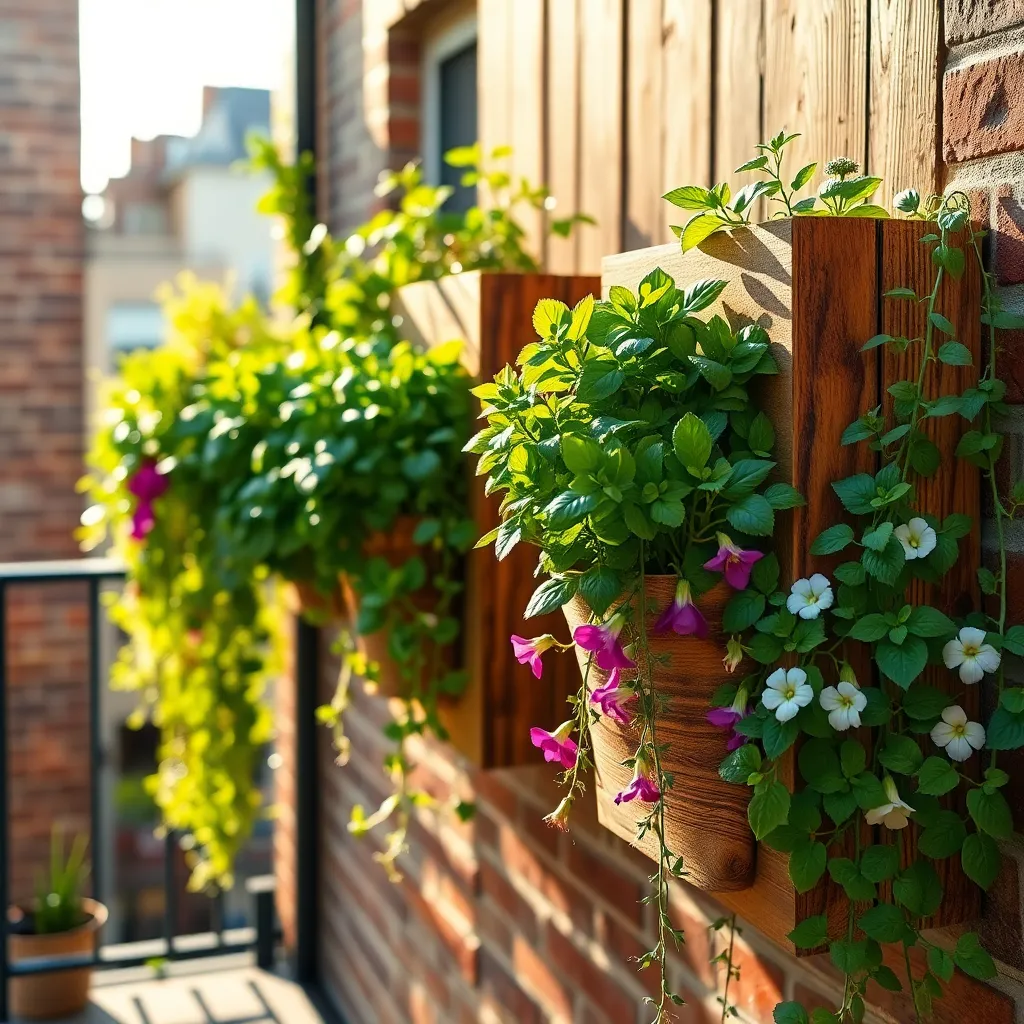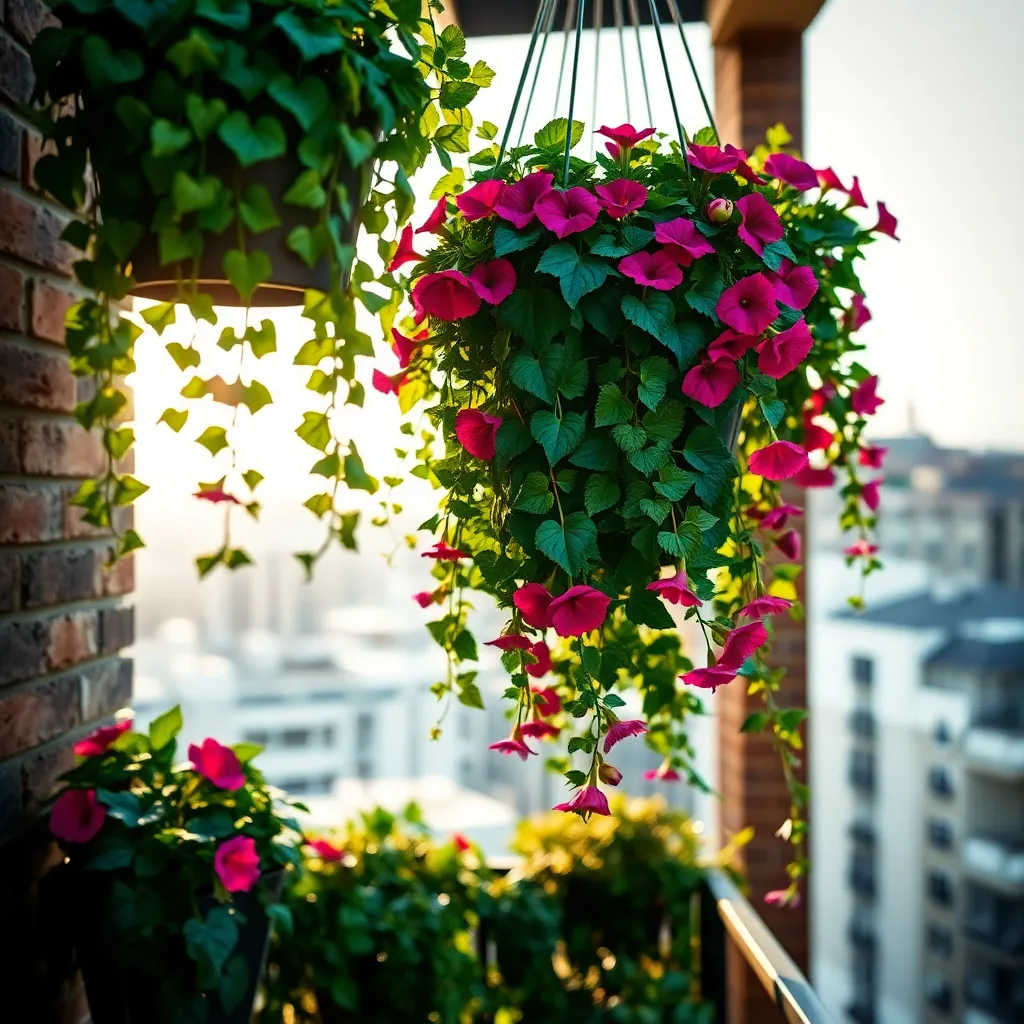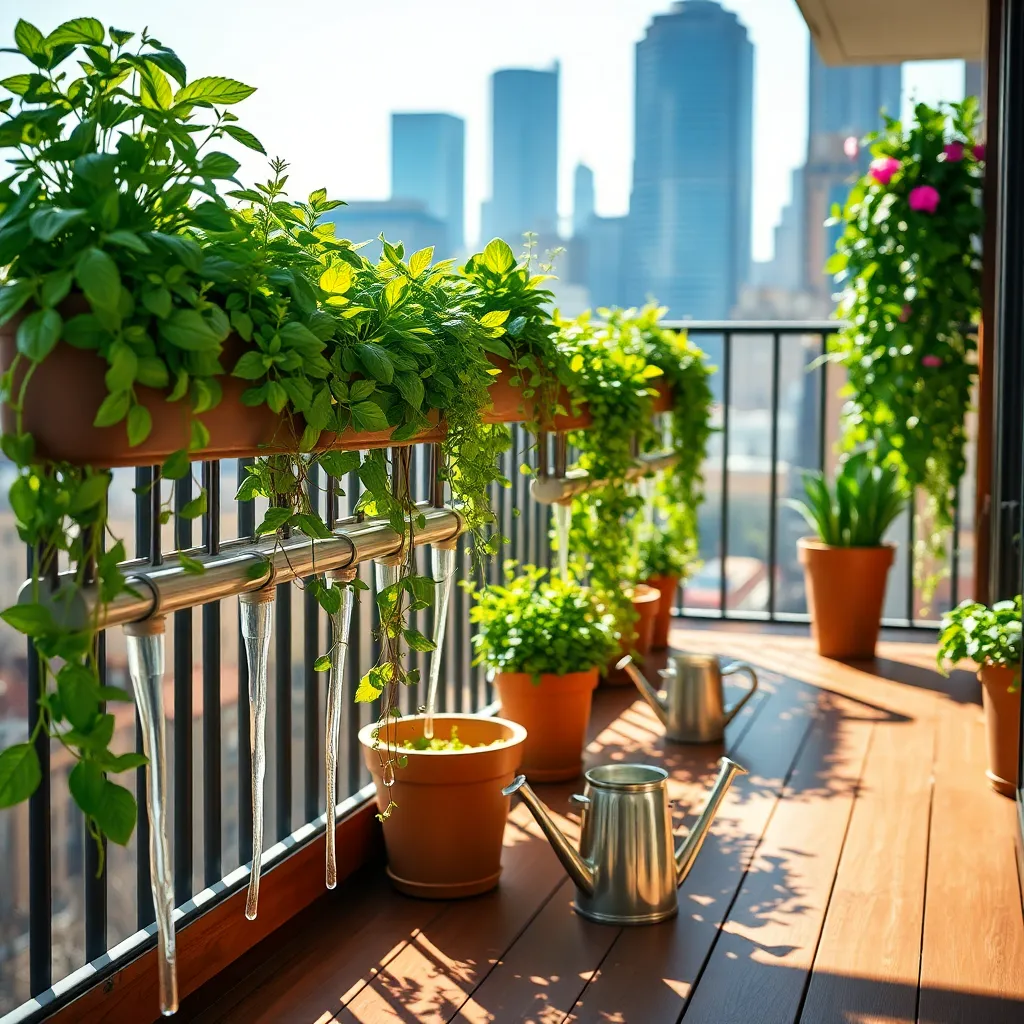Imagine transforming your urban dwelling into a lush, green oasis where every inch of space is maximized to its fullest potential. Whether you’re a beginner dreaming of your first garden or an experienced green thumb seeking new challenges, vertical gardening opens up a world of possibilities that defy the constraints of limited space.
In this guide, we’ll explore innovative and practical vertical gardening ideas that promise to bring the joy of successful gardening into your life, no matter how compact your living area might be. By utilizing vertical spaces, you’ll not only enhance the visual appeal of your home but also enjoy the practical benefits of improved air quality, fresh produce, and a sense of accomplishment with every new leaf and blossom.
With our step-by-step advice and creative suggestions, you’ll feel empowered to cultivate your own thriving vertical garden. Let’s embark on this exciting journey together, as we discover how to elevate your gardening experience and bring the beauty of nature into the heart of your urban home.
Choose Space-Saving Wall Planters

In urban settings where space is a premium, wall planters can transform vertical surfaces into lush, green gardens. Select wall planters that suit your space, whether they are modular pockets or mounted shelves, to maximize your growing area.
It’s important to choose the right plants for your wall planters, focusing on species that thrive in confined spaces. Opt for herbs like thyme and oregano or succulents such as echeverias, which require minimal soil and low maintenance.
To ensure healthy growth, use a lightweight, well-draining potting mix that retains moisture without becoming soggy. Watering can be a challenge with vertical planters, so consider a drip irrigation system or self-watering planters to maintain consistent moisture levels.
For advanced gardeners, incorporating a trellis or wire grid can support climbing plants like peas or small flowering vines. This not only adds vertical interest but also increases your planting capacity on a wall.
Install Sturdy Vertical Trellises

Incorporating sturdy vertical trellises in your urban garden can significantly maximize your growing space. These structures are ideal for supporting climbing plants like beans, peas, and even some varieties of squash, allowing them to grow upwards and save ground space.
To ensure your trellis system is effective, always choose materials that are both durable and weather-resistant. Options such as treated wood, metal, or even strong plastic can withstand the elements and provide long-lasting support.
When installing your trellis, ensure it is securely anchored to prevent toppling over as plants climb and gain weight. Using heavy-duty stakes or brackets can help keep your trellis stable and safe even in windy conditions.
It’s crucial to place the trellis in a spot that receives adequate sunlight, as most climbing plants thrive in full sun. Ensure your plants are properly spaced to allow for good air circulation, reducing the risk of disease.
For beginner gardeners, consider starting with easy-to-grow climbers like morning glories or sweet peas. Advanced gardeners might experiment with more challenging varieties such as cucumbers or melons, which require more attention to watering and nutrients.
Opt for Lightweight Potting Mix

Choosing the right potting mix is crucial for vertical gardening success, especially in urban settings where space is limited. Opt for a lightweight potting mix to reduce the overall weight burden on your vertical structures, making them easier to manage and maintain.
Lightweight potting mixes often contain components like peat moss, perlite, or vermiculite, which improve drainage and aeration. This is especially important for vertical gardens where water needs to move quickly through the soil to prevent root rot and other moisture-related issues.
For beginners, a pre-mixed lightweight potting soil labeled for containers or indoor plants can be an excellent starting point. These mixes are typically well-balanced and require minimal adjustment, ensuring your plants have the nutrients they need to thrive.
More experienced gardeners might consider customizing their potting mix by adding organic matter like compost or worm castings. This practice not only enriches the soil but also enhances its moisture retention capabilities, benefiting plants that require consistent hydration.
When watering, remember that lightweight potting mixes dry out faster than heavier ones, necessitating more frequent checks. As a rule of thumb, water when the top inch of soil feels dry, ensuring you maintain a consistent moisture level without overwatering.
Utilize Hanging Basket Systems

Hanging basket systems are a fantastic way to maximize space and add greenery to urban homes. They allow you to grow a variety of plants in a vertical format, making the most of limited areas like balconies or small patios.
When choosing plants for your hanging baskets, opt for those that thrive in the available light conditions. For sunny spots, consider plants like petunias, geraniums, or trailing varieties such as ivy geraniums, which will cascade beautifully over the sides.
It’s crucial to use a high-quality, lightweight potting mix to ensure your hanging baskets don’t become too heavy and are easy to manage. A mix containing perlite or vermiculite will improve drainage, helping prevent root rot from excess moisture.
Watering is key to maintaining healthy hanging baskets, as they can dry out quickly. During hot weather, check daily and water when the top inch of soil feels dry to the touch, ensuring water reaches all the roots.
For those wanting to take their hanging basket gardening to the next level, consider using a slow-release fertilizer. This will provide a steady supply of nutrients, encouraging lush growth and vibrant blooms throughout the growing season.
Incorporate Self-Watering Mechanisms

Incorporating self-watering mechanisms into your vertical garden can significantly reduce the time spent on maintenance. These systems are perfect for urban dwellers who lead busy lives but still want to enjoy the beauty of a thriving garden.
Self-watering mechanisms ensure your plants receive consistent moisture, which is crucial for their health. These systems often feature a reservoir that supplies water to the plants gradually, reducing the risk of overwatering.
To set up a self-watering system, you can use options like wicking beds or drip irrigation tailored for vertical setups. Wicking beds are excellent for herbs and leafy greens, providing a steady moisture supply right at the root zone.
For a more advanced approach, consider integrating a smart irrigation controller. These devices can be programmed to water your plants based on the weather forecast, helping conserve water and optimize plant health.
Conclusion: Growing Success with These Plants
As we’ve explored in ‘Vertical Gardening Ideas For Urban Homes,’ nurturing relationships is much like tending to a flourishing garden. First, we delve into the power of space utilization, reminding us that creativity can transform any environment. Second, we highlight the importance of nurturing growth through consistent care. Third, we embrace the balance between individuality and togetherness, illustrated by diverse plant choices. Fourth, communication parallels watering—essential yet needing the right amount. Lastly, we examine how patience and persistence yield thriving results.
Now, take a moment to reflect on these concepts and choose one actionable step to enhance your relationships today. Whether it’s initiating a heartfelt conversation or planning a shared activity, small efforts can cultivate profound connections.
Remember, successful relationships are built over time, much like a verdant vertical garden. Bookmark this article to revisit these insights whenever you need a gentle reminder of growth and renewal.
As you continue your journey, envision a future where your relationships, much like your garden, are vibrant and deeply rooted. With care and dedication, the possibilities are endless. Let’s nurture our connections and watch them thrive. Save this resource and let it be your guide to relationship success.

